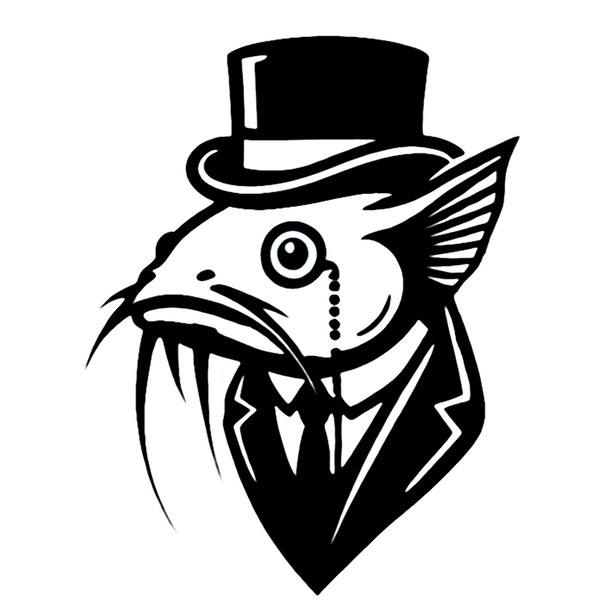Fancy Fish and Aquascapes
German Blue Ram ~ Mikrogeophagus ramirezi
German Blue Ram ~ Mikrogeophagus ramirezi
Couldn't load pickup availability
The German Blue Ram is a small, vibrant cichlid renowned for its iridescent blue and gold body, accented by red highlights and striking black markings. Native to the warm, slow-moving rivers and floodplains of South America, particularly the Orinoco River Basin, this peaceful species is a popular choice for aquarists seeking a colorful centerpiece fish.
- Size: 2-3 inches
- Lifespan: 3-4 years
- Temperament: Peaceful but territorial during breeding
- Group/Solitary: Best kept in pairs or small groups in spacious tanks
- Food: Omnivorous; high-quality pellets, live/frozen foods (bloodworms, brine shrimp, daphnia)
- Water Requirements: 78-85°F, pH 6.0-7.5, soft to moderately hard water
Care Instructions
German Blue Rams thrive in tanks that mimic their natural habitat, with warm, soft water and stable conditions. A tank of at least 20 gallons is recommended for a pair, with additional space required for larger groups. A sandy substrate is ideal, as these fish enjoy sifting through the substrate in search of food. Include live plants, driftwood, and flat stones to create hiding spots and encourage spawning behavior.
Their omnivorous diet should consist of high-quality pellets or granules supplemented with live or frozen foods such as bloodworms, brine shrimp, and daphnia. A varied diet promotes their vibrant coloration and supports their overall health. Feeding small amounts twice a day helps ensure they receive proper nutrition.
German Blue Rams are peaceful community fish but can become territorial during breeding. They pair well with non-aggressive species such as tetras, rasboras, and corydoras. Avoid keeping them with larger or overly active tankmates that may outcompete them for food or stress them.
Fun Fact: German Blue Rams are known for their strong pair bonds and elaborate courtship displays. Mated pairs work together to protect their eggs and fry, making them a fascinating species to observe in breeding setups.
Share


